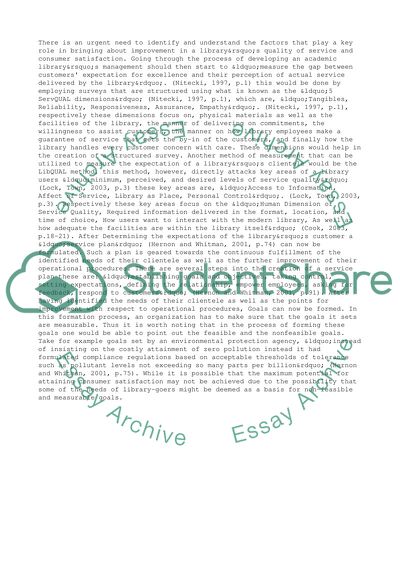Cite this document
(Service Quality and Consumer Satisfaction in Academic Libraries Case Study, n.d.)
Service Quality and Consumer Satisfaction in Academic Libraries Case Study. Retrieved from https://studentshare.org/management/1429817-service-quality-and-cusomer-satisfaction-in
Service Quality and Consumer Satisfaction in Academic Libraries Case Study. Retrieved from https://studentshare.org/management/1429817-service-quality-and-cusomer-satisfaction-in
(Service Quality and Consumer Satisfaction in Academic Libraries Case Study)
Service Quality and Consumer Satisfaction in Academic Libraries Case Study. https://studentshare.org/management/1429817-service-quality-and-cusomer-satisfaction-in.
Service Quality and Consumer Satisfaction in Academic Libraries Case Study. https://studentshare.org/management/1429817-service-quality-and-cusomer-satisfaction-in.
“Service Quality and Consumer Satisfaction in Academic Libraries Case Study”, n.d. https://studentshare.org/management/1429817-service-quality-and-cusomer-satisfaction-in.


